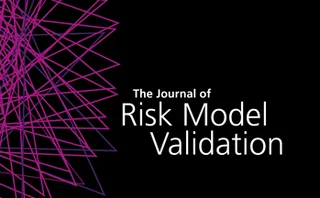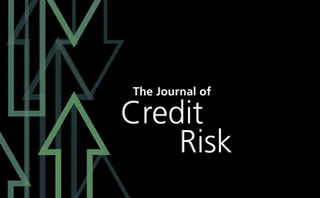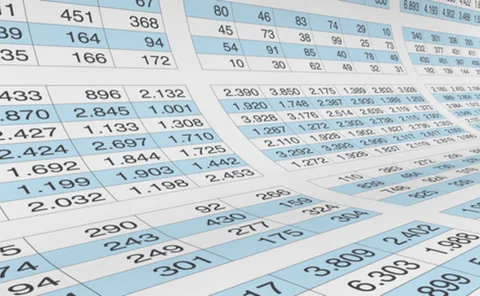Default correlation
Estimating correlation parameters in credit portfolio models under time-varying and nonhomogeneous default probabilities
This paper proposes new maximum likelihood estimation methods that offer greater flexibility than current methods and can account for finite portfolio sizes, scarce default data and time varying, nonhomogeneous default probabilities.
Mind the gap
A default intensity model reveals the risk carried by a highly leveraged counterparty
One bad apple: default risk at CCPs
One clearing member's disproportionately large position increases the credit risk for all CCP members
Credit data: doom loop depends on sovereign strength
Analysis of 59 countries shows bank and sovereign credit are most likely to be correlated in lower-rated countries
Podcast: Richard Martin on EM debt, copulas, machine learning
Quant sceptical of machine learning algos and black boxes
A correlated structural credit risk model with random coefficients and its Bayesian estimation using stock and credit market information
Using historical equity and credit market data, this paper illustrates the validation of a structural correlated default model applied to Black–Cox setups.
Modeling joint defaults in correlation-sensitive instruments
This paper presents a simple model for joint defaults and shows how it can be applied to pricing and risk-managing instruments that are sensitive to credit correlation.
Why CDOs work
Collateralised debt obligations have largely gone under the radar since the 2007 financial meltdown, when their market collapsed. Nearly every attempt at explaining the cause of their failure pointed towards flawed assumptions in pricing models and…
CDSs, CVA and DVA – a structural approach
CDSs, CVA and DVA – a structural approach
Closing out DVA
Closing out DVA
Copulas and credit models
Copulas and credit models










